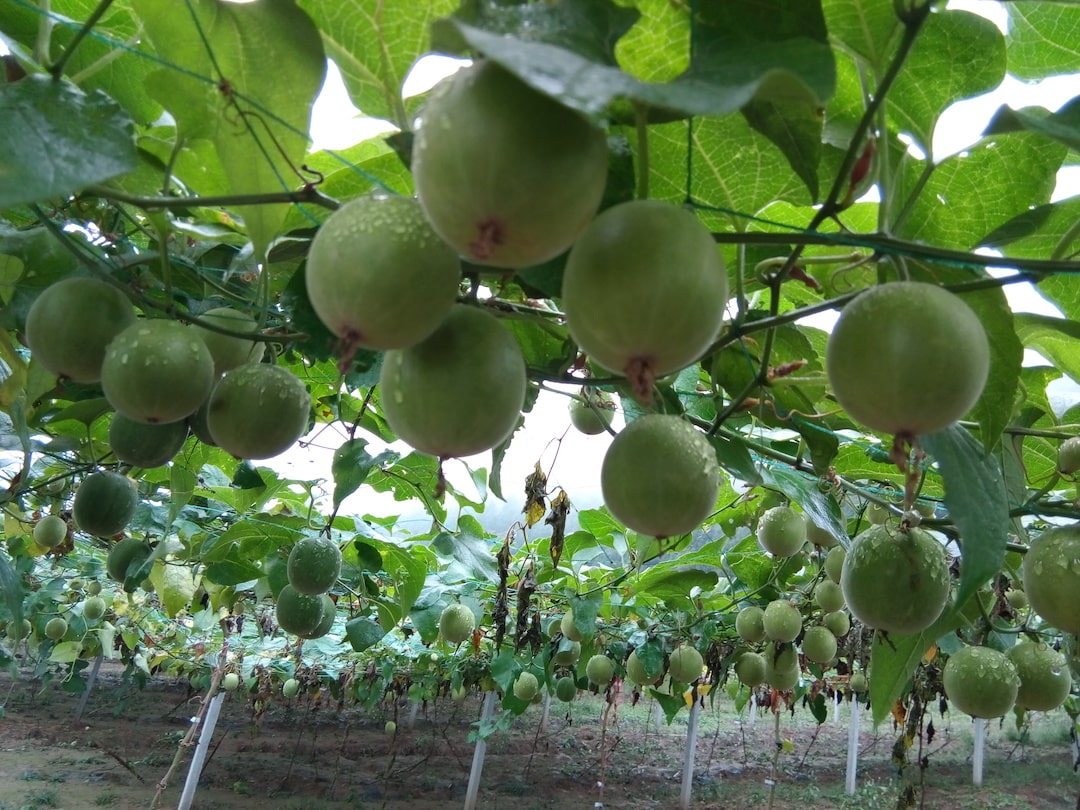There is a wide variety of fruits available at most grocery stores; grapefruits, apples, and oranges, to name a few. There are even some reasonably unique fruits available from time to time, like durian and dragonfruit. However, there is one type of fruit that you will rarely see in the produce aisle but will likely pop up on the ingredients lists of the foods you eat.
Meet the monk fruit.
Originally cultivated in China by Buddhist monks (hence the name), monk fruit has recently been taking the United States by storm, particularly for its uncanny sweetening abilities. Now, as it becomes one of the most prominent alternative sweeteners on the market, we wanted to clear up some of this fruit’s mysteries.
Monk Fruit Basics
One of the main reasons you won’t see these small, round fruits nestled amongst the bananas and pears is because you don’t actually eat the fruit’s flesh. Though it’s called a melon, monk fruit is primarily used in powder form as monk fruit extract.
Most commonly, monk fruit can be found either as an ingredient in many sugar-free and low sugar foods or in its powder form next to other sugar alternatives such as Stevia. This is because monk fruit extract makes for a fantastic natural sweetener!
Many people have been turning to monk fruit for this exact reason, as few other natural products can replicate the sweetness of monk fruit, and the attractive chemical makeup of the monk fruit makes it a hard deal to beat.
To show you what we’re talking about, let’s look at the difference between monk fruit and stevia sweeteners.
Monk Fruit vs. Stevia
Though stevia as a sweetener might be more recognizable by name, it shares some key traits with monk fruit sweeteners! First, both advertise themselves as natural sweeteners that can replace sugar, as both originally derive from plants. Second, the “natural” tag sets them apart from a few of the other artificial sweeteners out there, as many other products rely on heavily processed chemicals to achieve their sweet taste.
More importantly, stevia and monk fruit are non-nutritive sweeteners, which simply means that they don’t provide any calories or nutrition. Because they lack calories, non-nutritive sweeteners can make great sugar substitutes for people looking to lose weight. They are also convenient for people who cannot have sugar in their diet, and unlike sugar, non-nutritive sweeteners won’t decay your teeth. It might not surprise you to find that both products are keto diet-friendly.
The two are not entirely the same, however. Stevia has been in the US for a much longer period of time, which means that there are more variations of the product, many of which are highly refined and processed. Stevia-sweetened products also tend to be more expensive than most sugar alternatives, so the budget-wise consumer might want to opt for monk fruit-based products.
Is Monk Fruit Safe?
Medical Disclaimer: All information, content, and material of this website is for informational purposes only and is not intended to serve as a substitute for the consultation, diagnosis, and/or medical treatment of a qualified physician or healthcare provider. Always seek the advice of your physician or another qualified health provider with any questions you may have regarding a medical condition.
If you’re entirely new to monk fruit, don’t worry! The FDA has approved monk fruit and monk fruit sweeteners for use as alternative sweeteners. Other countries like China, Australia, and Canada have passed similar approvals.
Despite monk fruit being 150 to 200 times sweeter than sugar, there have been no recorded adverse side effects from consuming it. Due to its status as a non-nutritive sweetener, its sweetness does not correlate to any aspect of its health.
Like all foods, there is always a little concern about allergic reactions to monk fruit. Thankfully, monk fruit sweeteners lack proteins, making any allergies to monk fruit highly unlikely.
Does Monk Fruit Raise Blood Sugar?
For people concerned about high levels of blood sugar, such as people with type 2 diabetes or other high-blood sugar conditions, monk fruit can be a great solution. Products with monk fruit sweeteners will not raise blood sugar levels to any significant extent, as seen in the 2018 American Diabetes Association Standards of Medical Care in Diabetes.
Monk Fruit Benefits
Apart from the various upsides mentioned above, monk fruit sweeteners may also have a few benefits. The sweetness of monk fruits comes from chemicals called mogrosides, which are antioxidants within the fruit itself. Like any other antioxidant, mogrosides help to balance free radicals in the body. Maintaining this balance can help avoid several human diseases, and as such, monk fruit may be an excellent addition to your kitchen cabinet!
So what’s the big takeaway?
If you’ve been searching for a new sugar alternative or are looking for a low-calorie sweetener that isn’t heavily processed, monk fruit can be an excellent way to go. You can use it in plenty of foods and drinks, and there are very few downsides.
You may experience some difficulty finding it in your grocery store, but as its popularity grows, so will its availability. Also, make sure to try it before switching over to monk fruit sweeteners entirely, as some people aren’t fans of the taste.
NuSkool
Here at Nuskool, we’re big fans of monk fruit! We use monk fruit extract to help give a sweet boost to our health bars without any extra calories. Our goal is to help you start on the path to becoming the best you can be, and with our keto-friendly superfood bars, it can be easy to take the first step!
For more tips on nutrition, lifestyle, and health, check out our blog.


